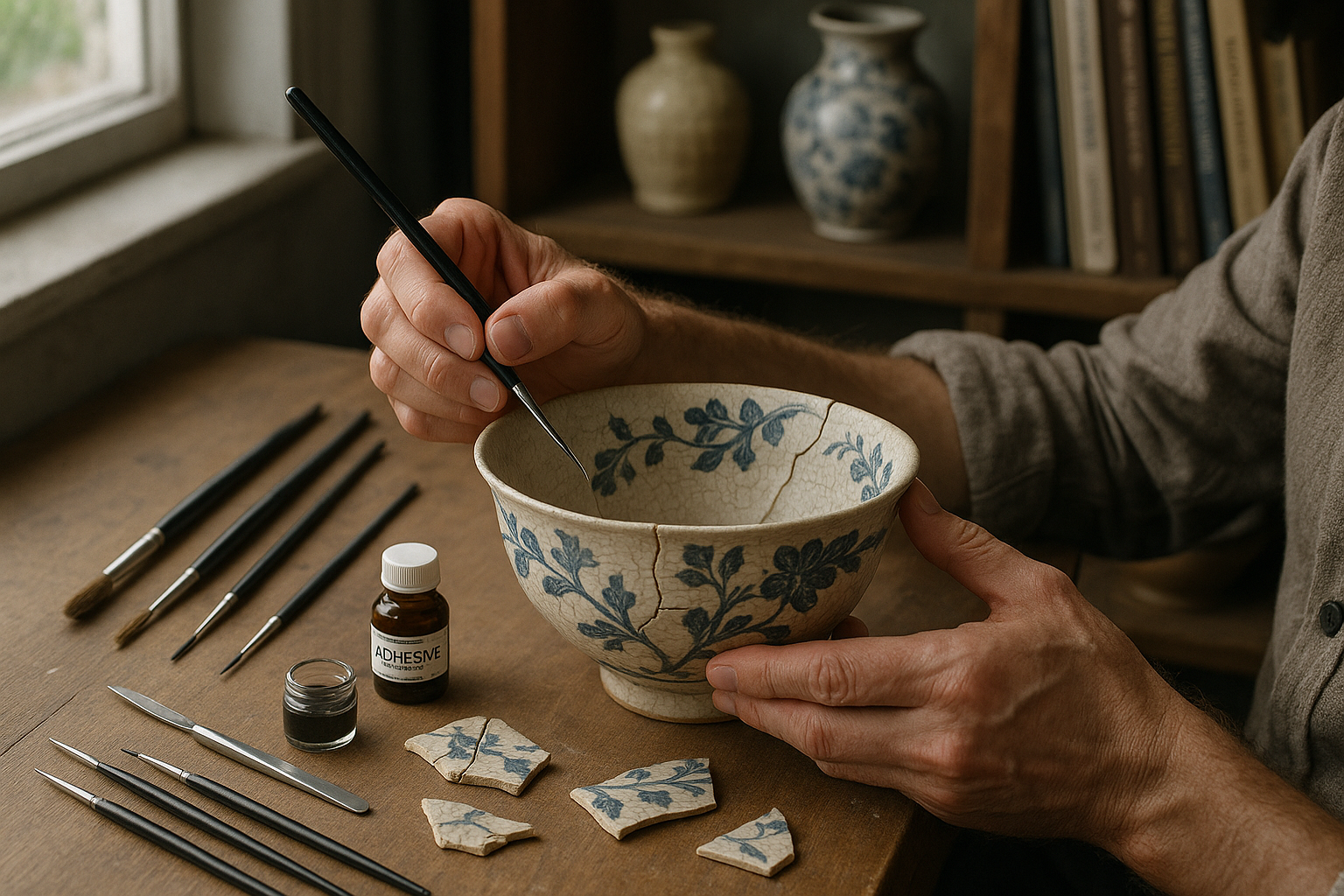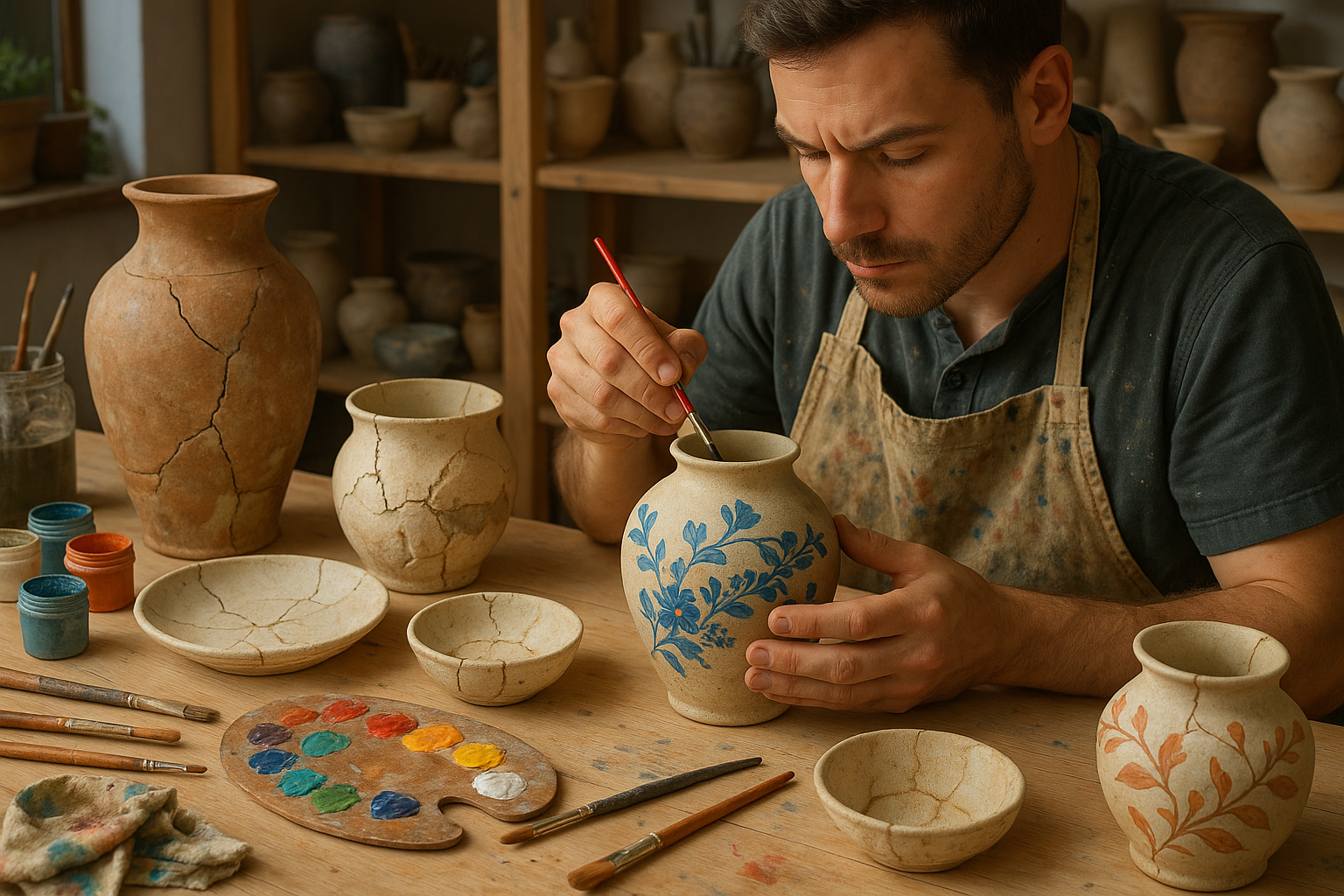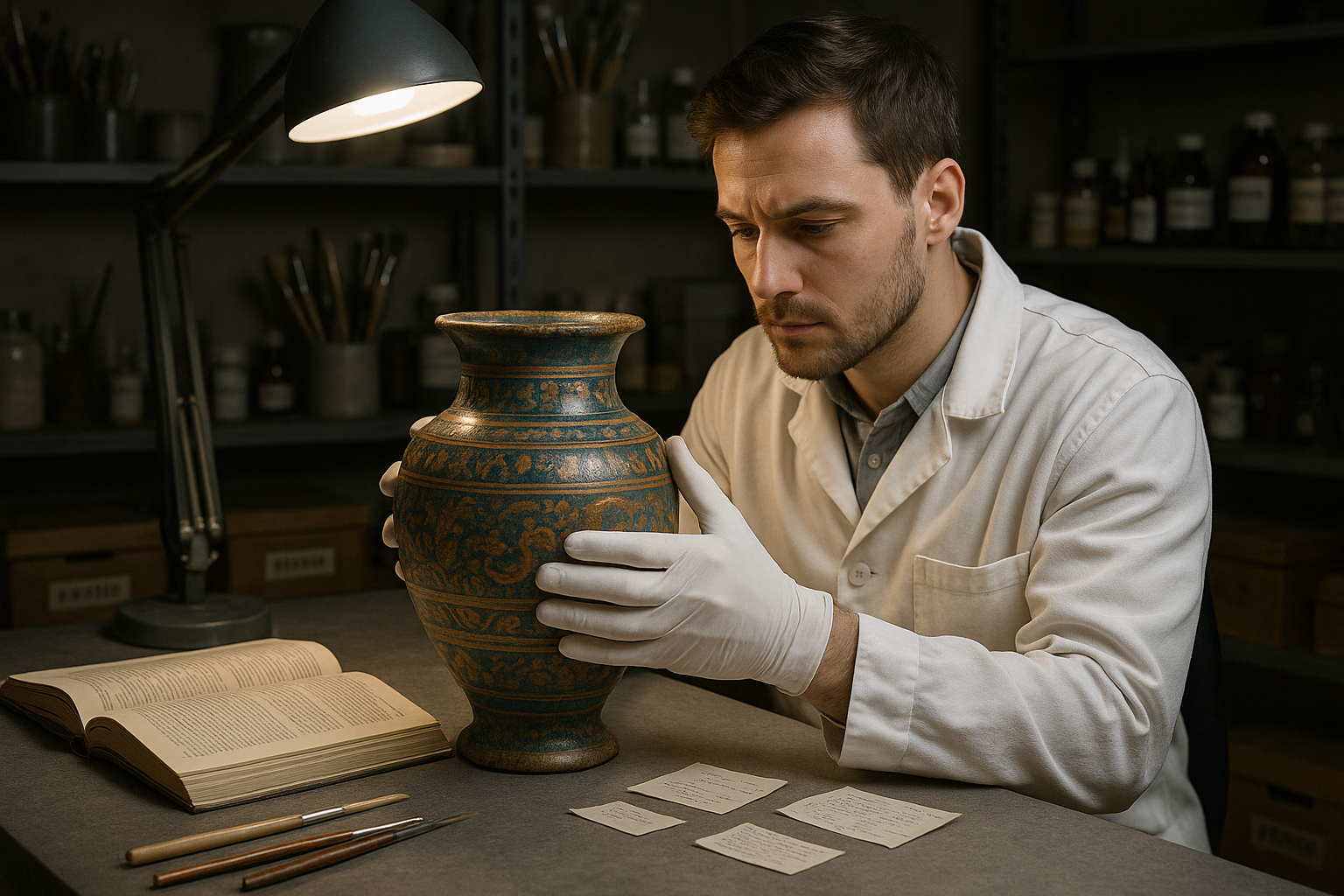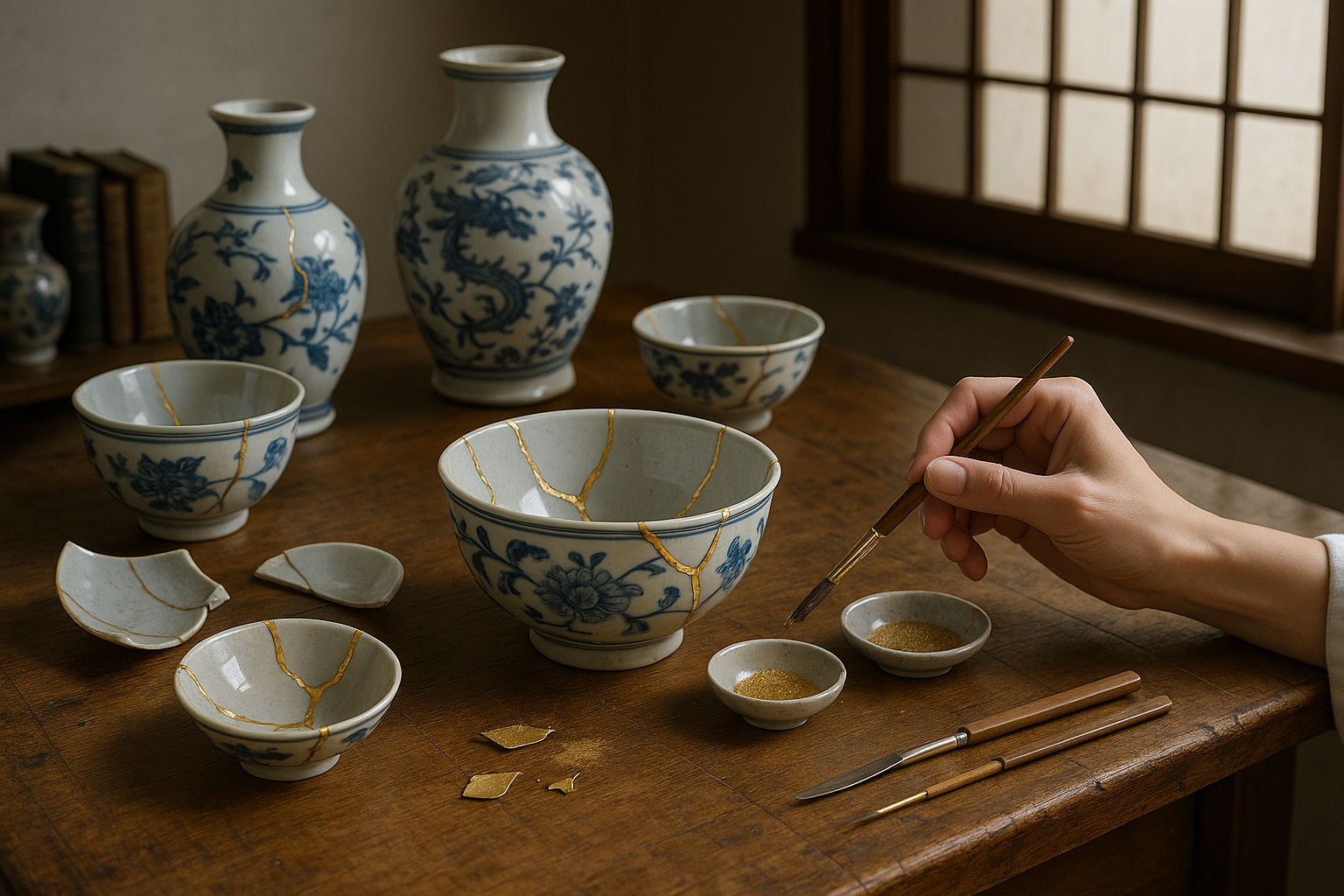Embroidery has always been more than just a form of artistic expression; it is a vibrant thread weaving through the fabric of history, culture, and personal stories. From the intricate patterns of medieval tapestries to the delicate motifs on Victorian gowns, these pieces tell tales of their own. However, like any cherished artifact, embroidery is susceptible to the ravages of time. Colors fade, threads weaken, and fabrics deteriorate. Herein lies the delicate art of restoration—a skillful practice that breathes new life into these historical treasures, allowing them to continue telling their stories for generations to come.
Today, we embark on a journey through the fascinating world of embroidery restoration, where the past meets the present through skilled hands and expert techniques. 🌟 This isn’t just about mending what is broken; it’s about understanding the historical and cultural significance of each piece and honoring the craftsmanship of those who created it. Restorers are the custodians of these pieces, tasked with preserving their beauty and integrity while navigating the fine line between conservation and alteration.
In this article, we will delve deep into the art of embroidery restoration. We will explore how experts approach the task of restoring these delicate works of art, highlighting the importance of maintaining historical accuracy and integrity. We will also look at the tools and techniques used by professionals in the field—ranging from traditional methods to modern innovations—that help preserve these textiles for future generations.
The Historical Significance of Embroidery
Embroidery has been a part of human history for thousands of years, with evidence of embroidered garments dating back to the ancient Egyptians. Each stitch was meticulously crafted, with patterns often signifying status, wealth, or cultural identity. As we journey through time, we’ll uncover how different cultures have contributed to the evolution of embroidery, making each piece a unique historical artifact. From the vibrant, symbolic designs of Chinese silk embroidery to the elaborate crests on European robes, each piece holds a story waiting to be told. 🧵
The Challenges of Restoration
Restoring historical embroidery is not without its challenges. Time, environmental conditions, and improper storage can all lead to damage that requires expert intervention. The process is a meticulous one, requiring an understanding of the materials and techniques originally used, as well as the historical context of each piece. We will discuss the various challenges restorers face, such as matching old threads with new, dealing with fragile fabrics, and deciding how much intervention is appropriate. These decisions are crucial, as they can affect the authenticity and value of the piece.
Tools and Techniques of the Trade
What does it take to restore a piece of historical embroidery to its former glory? A combination of traditional craftsmanship and modern technology. From the simple needle and thread to advanced imaging technologies, restorers have an array of tools at their disposal. We will explore how traditional techniques are combined with contemporary innovations to achieve the best results. This section will also highlight the importance of using the right materials, such as period-appropriate threads and dyes, to ensure that the restoration is both authentic and lasting.
The Role of the Restorer
Who are the people behind these meticulous works of restoration? Restorers are not just skilled technicians; they are historians, artists, and detectives all rolled into one. They must possess a deep understanding of historical textiles, an appreciation for the art form, and the patience to handle often fragile and deteriorating materials. This section will delve into the profiles of these dedicated professionals, exploring the passion and precision that drive their work. ✨
As we navigate through the intricacies of restoring historical embroidery, we’ll also touch upon some real-life case studies. These examples will showcase the transformative power of expert restoration, revealing the before-and-after magic that can be achieved with skill and dedication.
So, join us on this intricate journey through the art of embroidery restoration. By understanding the techniques and challenges faced by those who dedicate their lives to preserving these treasures, we can gain a greater appreciation for the beauty and complexity of embroidery as both a craft and a historical record. Whether you’re a history enthusiast, a textile lover, or someone curious about the intersection of art and preservation, this exploration promises to be as engaging as it is enlightening. 🖼️
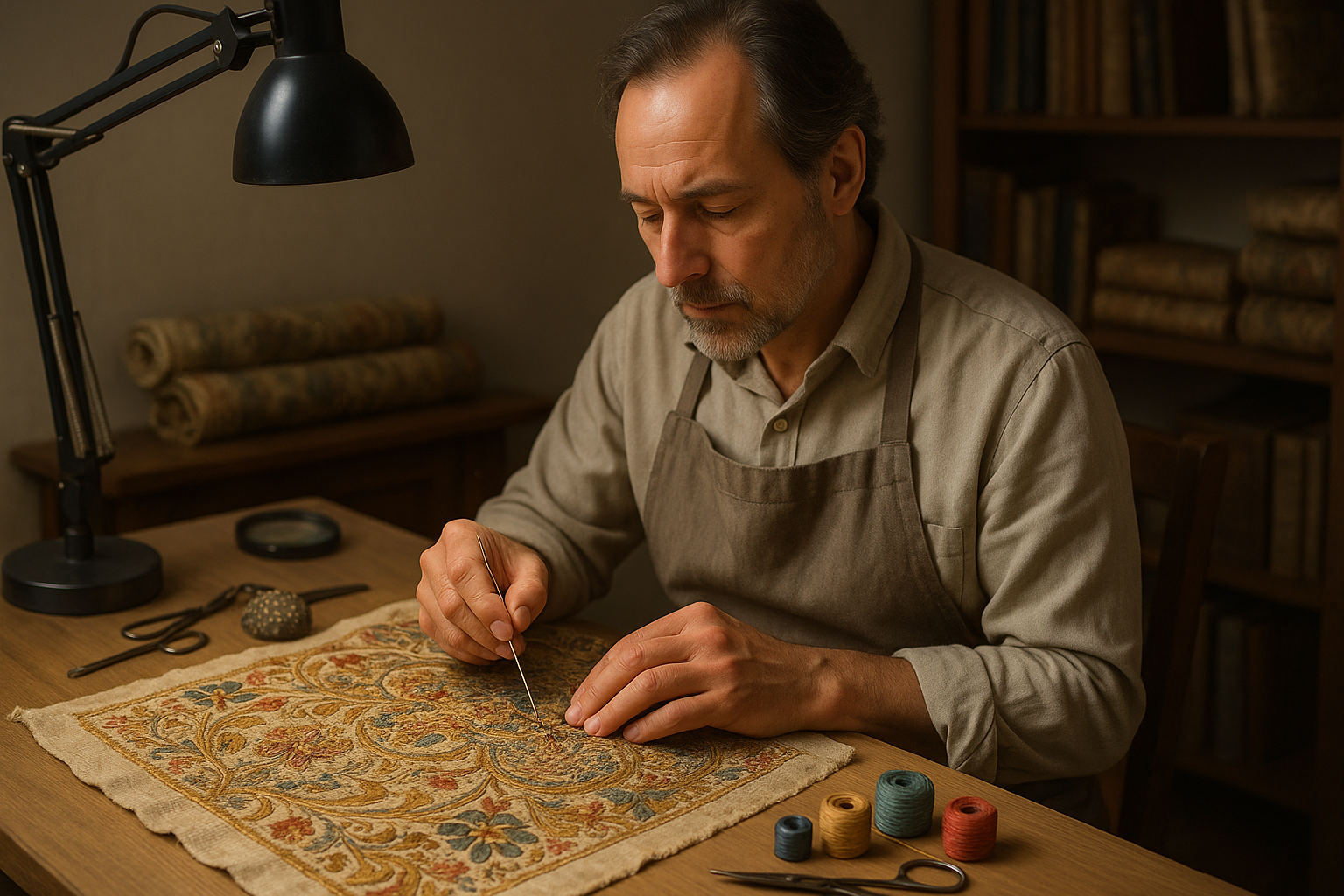
Conclusion: Reviving the Threads of History
As we draw the threads of our discussion to a close, it becomes evident that the restoration of historical embroidery is not merely an act of repair but a journey through time, art, and culture. Throughout this article, we have navigated the intricate world of embroidery restoration, uncovering the expert techniques that breathe new life into these timeless pieces. Let’s take a moment to recapitulate the key points discussed, highlighting their significance and encouraging you, our reader, to engage further with this fascinating subject.
The art of embroidery has long been a canvas for cultural expression, weaving together stories and histories through delicate stitches. We delved into the historical significance of embroidery, tracing its roots across different cultures and epochs. This cultural journey underscored the importance of preserving these artifacts, not just for their aesthetic value but for their ability to connect us with the past. 🎨
Our exploration of expert repair techniques revealed the meticulous processes involved in embroidery restoration. Techniques such as fabric stabilization, color matching, and stitch reconstruction were discussed in detail. These methods highlight the delicate balance between preserving the original integrity of the piece and introducing modern methods to ensure its longevity. By employing these techniques, conservators can restore pieces to their former glory while ensuring they can be appreciated by future generations.
We also examined the challenges faced by restorers, including dealing with fabric degradation and fading colors. Addressing these challenges requires not only skill and patience but also a deep understanding of historical materials and techniques. By sharing these insights, we hope to shed light on the dedication and expertise required to undertake such work.
The cultural value of restoring historical embroidery cannot be overstated. These artifacts are tangible connections to our collective history, offering insights into the lives and artistic expressions of those who came before us. Restored pieces can inspire contemporary artists and enthusiasts, encouraging a renewed appreciation for the craft and its significance in our cultural heritage.
As we conclude, it’s essential to recognize the community of artisans, historians, and enthusiasts who contribute to the preservation of this art form. Their passion and expertise ensure that historical embroidery continues to be celebrated and appreciated in our modern world.
We invite you, dear reader, to continue exploring the world of embroidery and its restoration. Whether you’re inspired to learn more about the techniques involved, delve into the history of a particular piece, or even try your hand at the craft, your engagement helps keep this art form alive. Consider sharing this article with others who might be interested in the topic or leaving a comment below with your thoughts or experiences. Together, we can foster a community that cherishes and preserves the intricate beauty of embroidery. 🧵
In closing, let us celebrate the art of embroidery as a testament to human creativity and resilience. May the restored threads of history continue to weave their stories, inspiring generations to come.
Thank you for joining us on this journey through time and stitches. We hope you found it enlightening and inspiring.
References:
Toni Santos is a restoration artist and historical design specialist devoted to reviving the beauty and soul of the past. Through meticulous craftsmanship and a deep respect for heritage, Toni brings antiques back to life—preserving not just objects, but the stories they carry through time. With hands trained in traditional restoration techniques and an eye for age-worn elegance, Toni restores furniture, artworks, artifacts, and heirlooms with precision and reverence. His work reflects a belief that restoration is not correction—it’s conversation between the old and the present. Blending artistry, conservation ethics, and historical research, Toni approaches every piece as a narrative in wood, metal, leather, or fabric—each with scars that speak of eras gone by. Whether repairing a hand-carved chair or reviving a forgotten painting’s vibrance, he respects the integrity of original craftsmanship while honoring its continued life. As the creative force behind Vizovex, Toni shares before-and-after showcases, restoration walkthroughs, and visual essays exploring the techniques and philosophies behind authentic antique revival. His platform celebrates: The timeless value of handcrafted work The quiet artistry of repair and preservation The cultural memory embedded in material objects The delicate balance between age and renewal For collectors, curators, artisans, and lovers of legacy, Toni’s world is an invitation to see restoration not as fixing what’s broken—but as restoring what still lives beneath the dust of time.

